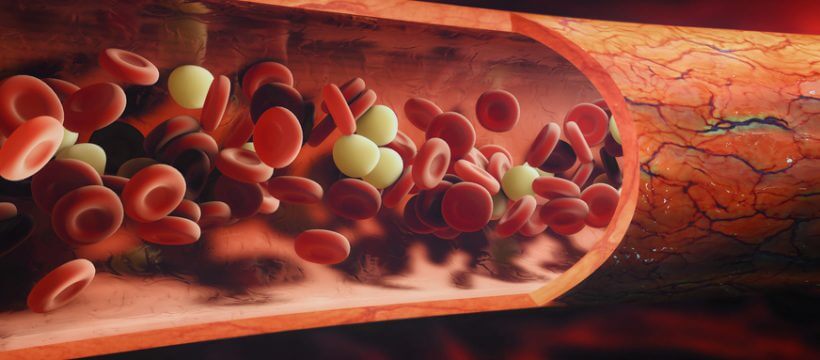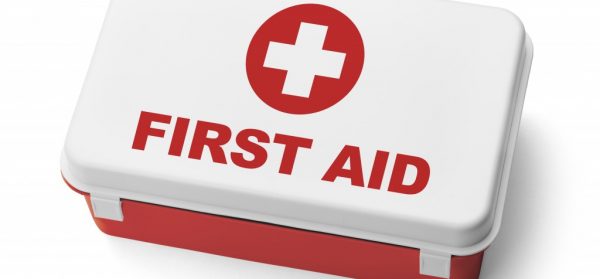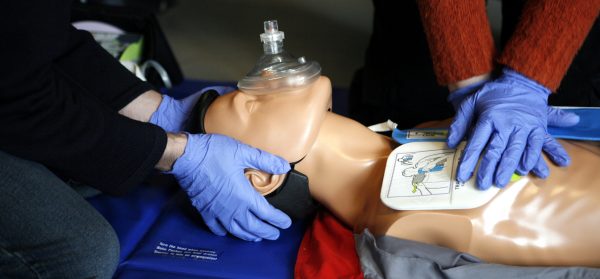
CPRNM® is a comprehensive directory designed to connect individuals and employers with top-tier training
providers including the AHA®, Red Cross®, and other training providers.*
Protection from Bloodborne Pathogens During First Aid Treatment
It is very likely that all of us will, at some point, need to help someone in need of first aid treatment. It could happen at any time and anywhere – at work, during a family gathering, or while running errands. However, first aid providers sometimes forget to take their safety into account. The threat of bloodborne pathogens is very real, and some simple steps can be taken to prevent disease transmission. It is recommended to get First-Aid and Bloodborne Pathogens Certification training.
What are Bloodborne Pathogens?
A pathogen is any microorganism that causes disease. Bloodborne pathogens, therefore, microorganisms that found in human blood and other bodily fluids that can cause disease and infect other humans through direct contact. Some of them are viruses, and others are bacteria. Among the more well-known examples of bloodborne pathogens are the Hepatitis B virus (HBV) and Human Immunodeficiency Virus (HIV).
How They Spread
While there are some ways bloodborne pathogens are transmitted, sexual activity and shared IV drug needles are the most common. In a first aid situation, neither of these is actually going to occur. So then, where does the risk of transmission lie?
Any contact with bodily fluids increases the chance of infection. When a person has suffered an accident, blood and other fluids are almost guaranteed to be present.
Therefore, it becomes necessary for first aid providers to understand the risks and to take universal precautions. Treat all bodily fluids as infectious. Assume nothing, and err on the side of caution.
Personal Protective Equipment (PPE)
PPE can include some equipment and clothing items, and what is available may vary depending on the location of the accident. However, they are all designed to protect an individual against pathogen exposure and should be warn for every first aid case, regardless of severity.
At the bare minimum, PPE should include latex gloves and gowns. These serve to protect hands and skin from contact with bodily fluids, especially if the first aid provider has an open wound of their own.
Additionally, eye protection and face shields will stop microorganisms from entering the body via the mucous membranes in the nose, mouth, and eyes. If CPR is needed, a pocket mask is a device used to prevent infection during mouth-to-mouth resuscitation.
All PPE should be periodically checked for tears and holes, as these provide an opening for pathogens to enter the body. If any damage is found, the item should be disposed and replaced immediately.
Cleanup
After first aid has been applied, any contaminated surface should immediately be disinfected. Typically, this involves using a solution of one part bleach to ten parts water. Anything used to clean up bodily fluids need to be properly disposed of. PPE should also be disinfected or, if doing so is not possible, thrown out and replaced.
If the first aid provider comes in contact with bodily fluids, he or she should immediately wash the area with soap and warm water. The appropriate supervisors need be notified, and the individual should seek emergency medical attention for infection risk assessment.
 December 9, 2016
December 9, 2016 






